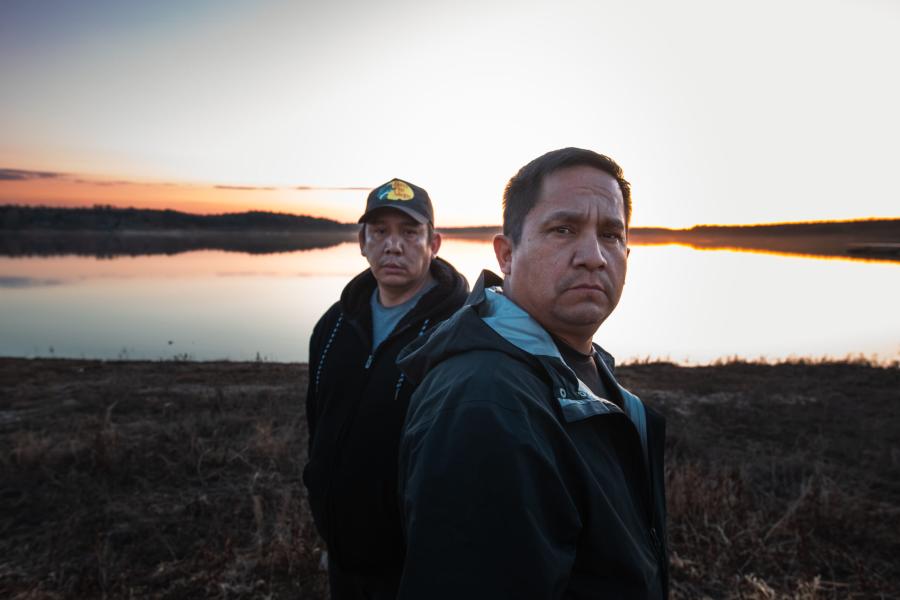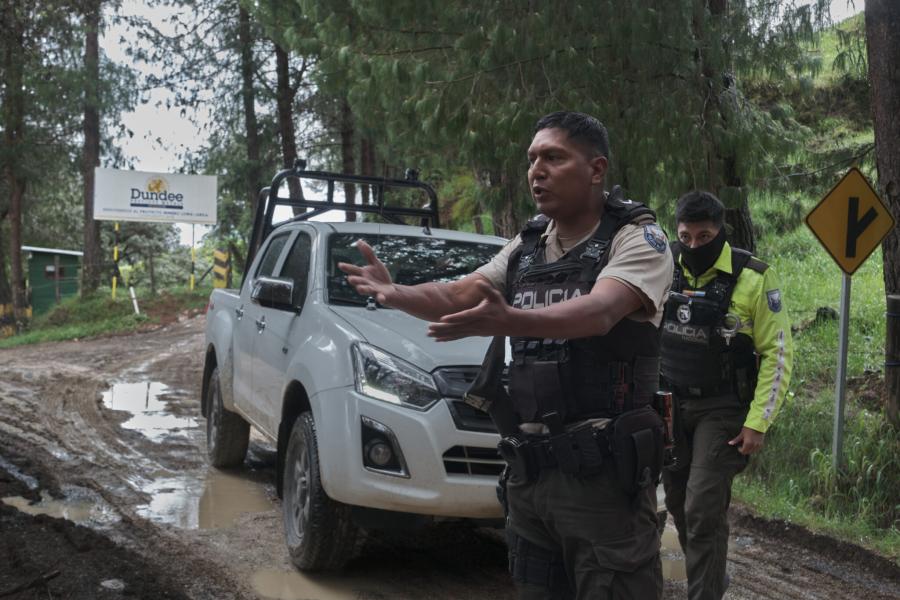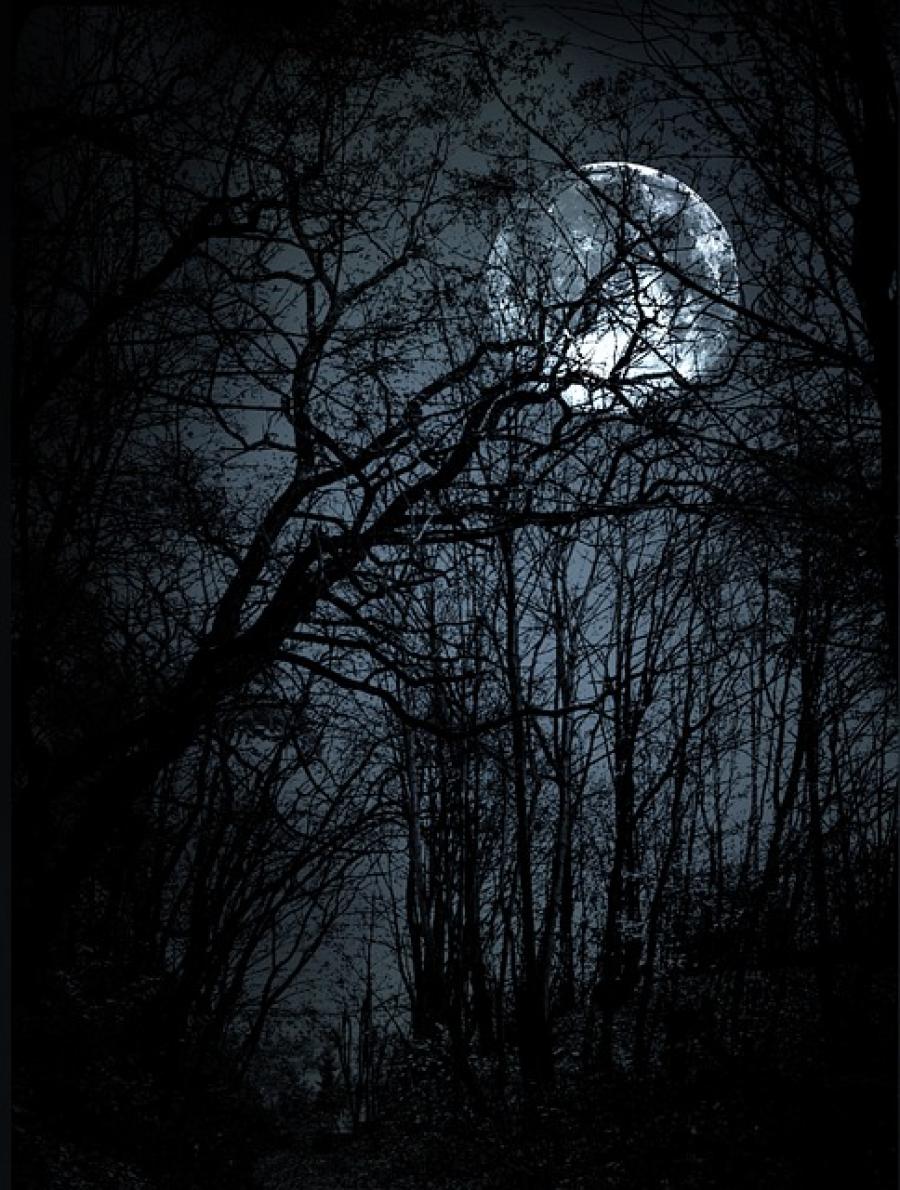Technological innovations in communications and the media constitute a growing factor in the restructuring of basic assumptions that have informed the socio-economic and cultural fabric of many societies. The tremendous acceleration of information flow and the reshaping of traditional cultural and economic exchanges have given rise to an information, communication, and knowledge-based society.
Technological advances bring behavioral changes that may lead to new perceptions of the identity of the “other,” new decision-making strategies and distribution of powers, and a drastic reshaping of the current social and economic order. As technological prowess grows, the communication process—and to some degree the discourse it conveys—is accessible to a growing audience. Mass media may now mean massive changes in perception and consciousness. Having been a freelance producer at Société Radio Canada (the French-speaking equivalent of the Canadian Broadcasting Corporation) from 1989 to 1995, I refer to initiatives and programs that I know best, but I wish to caution against generalizations regarding the presence, perception, and representation of indigenous people in the media in Canada. I can only speak from a personal perspective and an experience that has been limited both in scope and time.
Catching the Airwaves
During the early 1980s and 1990s, I discussed Native representation in the media with indigenous collaborators who were interested in producing cultural programming to air throughout Canada. We discussed the need to stress, from an indigenous point of view, historical and cultural events that have affected the destinies of indigenous peoples of the Americas, to inform the general public about indigenous cultures and worldviews, and to expose the audience to the diversity of indigenous languages and oral traditions of the Americas, especially those of Canada. And we knew we needed to reach large audiences.
“ Media can be a means of bridging cultural diversity and creating a better understanding between people,” said Chief William Cranmer of the Kwakwaka’wakw First Nations of the Pacific Northwest Coast of Canada.
The idea to address these needs by proposing radio programs on indigenous cultures to the major Canadian national broadcasters stemmed from our own observations of what stories actually made it to the airwaves. Topics about indigenous people are almost exclusively confined to the news. But to reach wide audiences, journalists dispel cultural particularities. As a result, they oversimplify, fragment, and misrepresent indigenous peoples’ and ethnic minorities’ cultural identities. Community-geared radio or television channels that do respond to specific cultural needs are broadcast mostly in northern Canada. They have not yet attracted a significant proportion of the non-indigenous population. As a result, cultural and social information about First Nations in Canada is simply not available in the mainstream media. Only a small fraction of people in Canada (and in the Americas in general) have some knowledge of the culture and history of their indigenous neighbors, thanks mostly to universities and museums.
Along with potential collaborators from indigenous communities, I submitted formal proposals to the director of cultural programs of Radio Canada, who generously allocated multiple series, each with six to 13 slots for half-hour and one-hour indigenous culture programs. The documentary series we produced, although limited in number, covered significant cultural and geographical areas of Canada and the Americas, and made possible the direct participation of indigenous peoples and international specialists.
With the help of First Nations participants whenever possible, I chose a theme and created programs that consisted largely of interviews with community members. Collaborators from eastern and central Canada nations included the Huron-Wendat, Mi’kmaq, Mohawk, Algonquins, Cree, and Ojibway. Western Canada, where more than 50 percent of all Canadian First Nations languages are spoken, was represented by the Kwakwaka’wakw, Nuu-chah-nulth, Tsimshian, Haida Gwai, Secwepenc, and Salish Nations, among others. Programs also featured First Peoples from the United States (the Tlingit of Alaska and Hopi of the southwest), Peru, the Brazilian Amazon, and northern and Amazonian Colombia. Some programs contained commentaries and analyses by scholars and representatives of U.N. organizations. Because budgets for preparation and production were limited and travel funds were minimal, I often had to rely on a network of aboriginal and non-aboriginal friends for support.
An Intercultural Effort
For each program we would conduct an interview in a First Nation language, translate it into English, choose excerpts in collaboration with the First Nation speaker, and then translate those selections into French and integrate them into the program. Each program contained a short introduction of the theme, followed by the interview (in French and the First Nation language) interspersed with First Nations songs and special effects, and a short conclusion.
The themes covered personal history, traditional beliefs and worldviews, cultural history, encounter with Europeans, residential schools, material culture and traditional technology, mythology, languages, songs, and ceremonies. These topics often overlapped. In one program, Musgamagw Elder Ethel Pearson from British Columbia shared her memories of the potlatch and her experience with the Canadian government:
The potlatch was sacred to us, it was something very spiritual. I will always remember my first potlatch; I must have been two years old. I was very young when I entered this very sacred world, this very complicated, sophisticated world that has been called the potlatch. My father and my uncle taught me about it. The potlatch was almost like a religion to us. I was nine years old when Dan Cranmer’s potlatch was forbidden. It was forbidden by the government because they said that we are ruining ourselves by distributing everything we own. … Some of our people were jailed. We never understood why.
Elder Klalela-weik Flora Dawson of the Dzawada'enux and Mamalilikala First Nations in British Columbia presented her Story of the Seagull, in which she told the world that her people continue to persevere:
… for each activity we had a story. And I remember in the Long House, children were very quiet. Today it is different, because the Europeans told our ancestors to change their habits and their traditions. But we have shown that we know how to survive. Our lives today are witnesses of that survival.
Among the many challenges to overcome was the delicate tension and balance we needed to set up between First Nations languages and their corresponding French translations within strict time parameters. In this regard, the precise control we had in the editing process thanks to digital technology and computerized production routines was tremendously helpful. In the era of mass communication, it was possible to produce quality radio programs at relatively low cost.
These documentaries were aired throughout Canada, parts of the United States, Western Europe, and elsewhere. They were the first systematic effort by a national Canadian broadcaster to reach the general population with coverage of indigenous cultures, languge, and history. In Canada, the broadcasts were focused mainly along the U.S. border, where the majority of the population lives. Radio Canada nominated some of the programs for Canadian and international prizes, including the Paul Gilson Prize for Radio Documentaries. Calls and letters from listeners confirmed that our audience valued the programs.
Falling Silent
Many First Nations people believe that it is crucial that public broadcasters undertake indigenous cultural programming on a large scale in order to help redress the imbalance and save indigenous languages. “Some of us think we are left out of the broadcast opportunities for Canadians at the CBC-Canadian Broadcasting Corporation,” said Andrea Sanborn, executive director of the U’mista Cultural Society. “The Canadian government has declared two official languages for Canada, but neither includes the languages of Canada’s First Peoples. A dark era in Canadian history almost annihilated First Nations languages and many of us continue to struggle to prevent the total destruction of our languages. CBC could and should become one of the tools for the survival of our First Peoples’ languages.”
Others suggest a radical shift toward local production. “I believe that as alternative forms of multimedia such as Web television, local cable access, digital video, three-dimensional animation, and radio become more affordable and userfriendly, a transition to local media production can create local interest-based programming that will truly reflect issues such as language preservation, cultural identity, local success stories, unbiased historical event recreation, and local current events,” said D’Arcy Basil-Blakeman of the Secwepemc First Nation, whose media work concentrates on animation.
Both scenarios are necessary to include First Nations as full partners in the world information society while allowing them to keep their own cultures. Unfortunately, winds of change have blown over the offices of Radio Canada since 1995. The low-budget programs we were producing for the network expired and were never renewed. Sadly, a curtain of deafening silence fell, extinguishing hopes that had risen in Canadian and international indigenous and non-indigenous audiences.
“ Today, Canada is struggling to rid itself of its colonial past,” said Kwaxalanukwam’e Namugwis, Hereditary Chief William T. Cranmer. “We believe that national broadcasting of cultural programs, with the full participation of First Nations, must be continued. Past initiatives should be encouraged again. Public broadcasting has a primary role to play in ensuring that First Nations’ cultures and languages are recognized in Canada and beyond. This is essential if the wounds of the past are to be healed.”
Guy P. Buchholtzer is the director of the Kwakwaka’wakw First Nations Centre for Language Culture/U’mista at Simon Fraser University in Canada. This article was written with the participation of elders, chiefs, and other members of First Nations.



